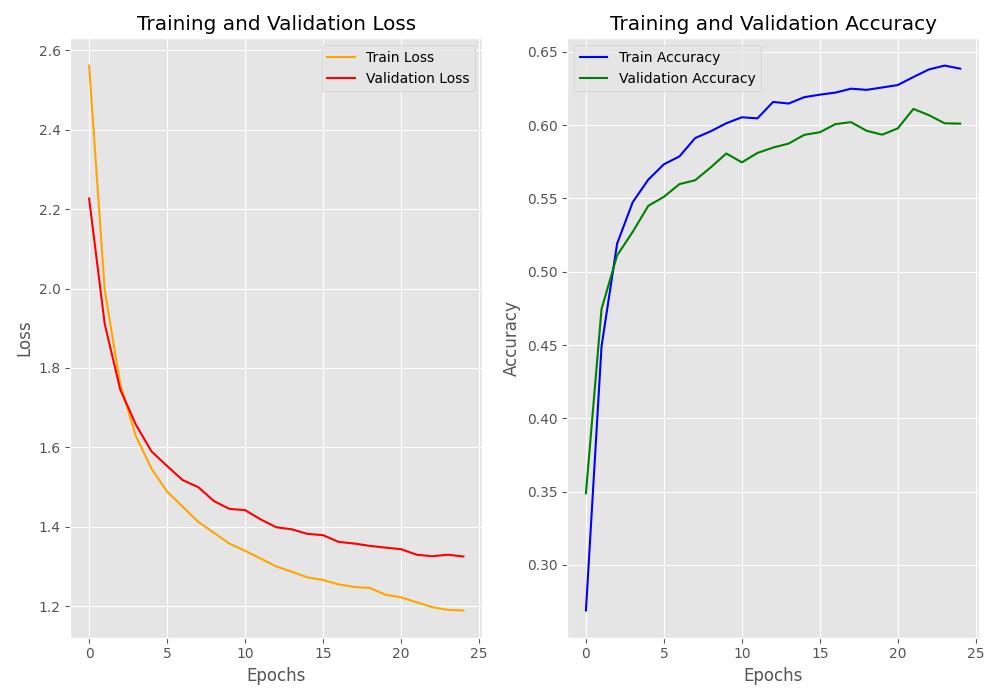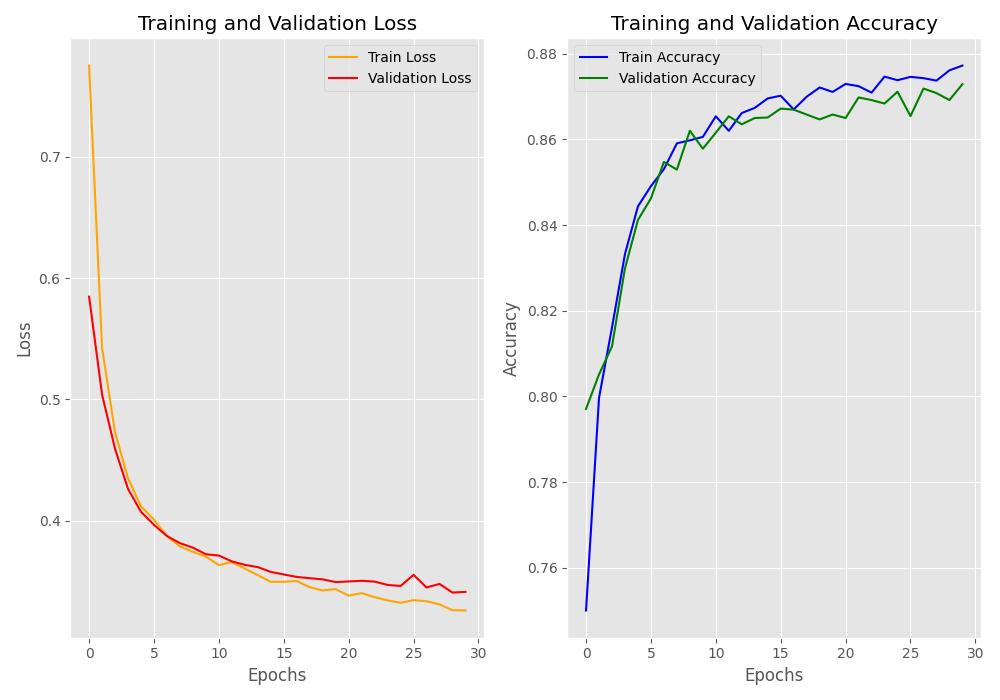Description
These are the uploaded models for a scholarship group project I've worked on. The repository re-upload can be found on my personal GitHub.
Technical Information
Framework: PyTorch
Base model: ResNet-50
Dataset: Fashion Product Images Dataset
Task Type: This project is a multi-label image classification project, where each image is classified into multiple independent categories simultaneously:
- Article Type (33 classes)
- Base Colour (46 classes)
- Season (4 classes)
- Usage (8 classes)
For example, an image might be classified as:
- Article Type: T-shirt
- Base Colour: Red
- Season: Summer
- Usage: Casual
The custom classification layers were initialized and trained from scratch using my dataset. This approach follows a transfer learning paradigm, where pretrained features are reused, and task-specific layers are optimized for new tasks.
Data Cleaning
I've self-cleaned the dataset by removing ~17,000 images due to issues like redundant entries (e.g., traditional clothing that didn't fit the primary dataset focus) and mislabeled data (e.g., incorrect seasons or colors), using custom Python notebooks and manual edits.
Training
Training was done using the 80/20 rule. This means 80% of the dataset was used for training the model, while the remaining 20% was reserved for validation to test the model’s performance on unseen data. This split helps prevent overfitting and ensures a good balance between having enough data for the model to learn from and enough data to evaluate the model’s accuracy.
Metrics
 Article Type Metrics
Article Type Metrics
|
 Base Colour Metrics
Base Colour Metrics
|
 Season Metrics
Season Metrics
|
 Usage Metrics
Usage Metrics
|
- Accuracy (Article Type): ~82%
- Accuracy (Base Colour): ~63%
- Accuracy (Season): ~65%
- Accuracy (Usage): ~87%
Validation
The validation set consists of 20% of the dataset, held out from training. It includes a mix of photos from my own clothing and publicly available images from the internet. This setup ensures an objective evaluation of the model's performance. Accuracy values represent top-1 accuracy for each task.
The relatively low accuracy for Base Colour and Season models can be attributed to an imbalanced distribution in the dataset:
Base Colour: Certain colors dominate the dataset, such as "Black" (5,710), "White" (3,844), and "Blue" (3,551), while less common colors like "Fluorescent Green" (3) and "Lime Green" (3) have very few samples. This imbalance reduces the model's ability to generalize well across all base colors, especially for rare ones.
Season: The dataset is heavily skewed towards "Summer" (14,027 images) and "Fall" (9,191 images), with significantly fewer images for "Winter" (2,543) and "Spring" (500). This imbalance makes it challenging for the model to correctly predict underrepresented seasons like "Spring."
These imbalances in the dataset highlight potential areas for improvement, such as augmenting underrepresented classes or balancing the dataset to enhance model performance.
Intended Use
- This model is designed for image classification tasks related to fashion products, such as identifying article types, colors, seasonal attributes, and main usages.
- This project should primarily be viewed as an educational resource, rather than being intended for real-world applications.
Limitations
- The model was trained on a small and imbalanced dataset.
- It supports only one clothing item per image.
- Items should be placed against a high-contrast background for best results.